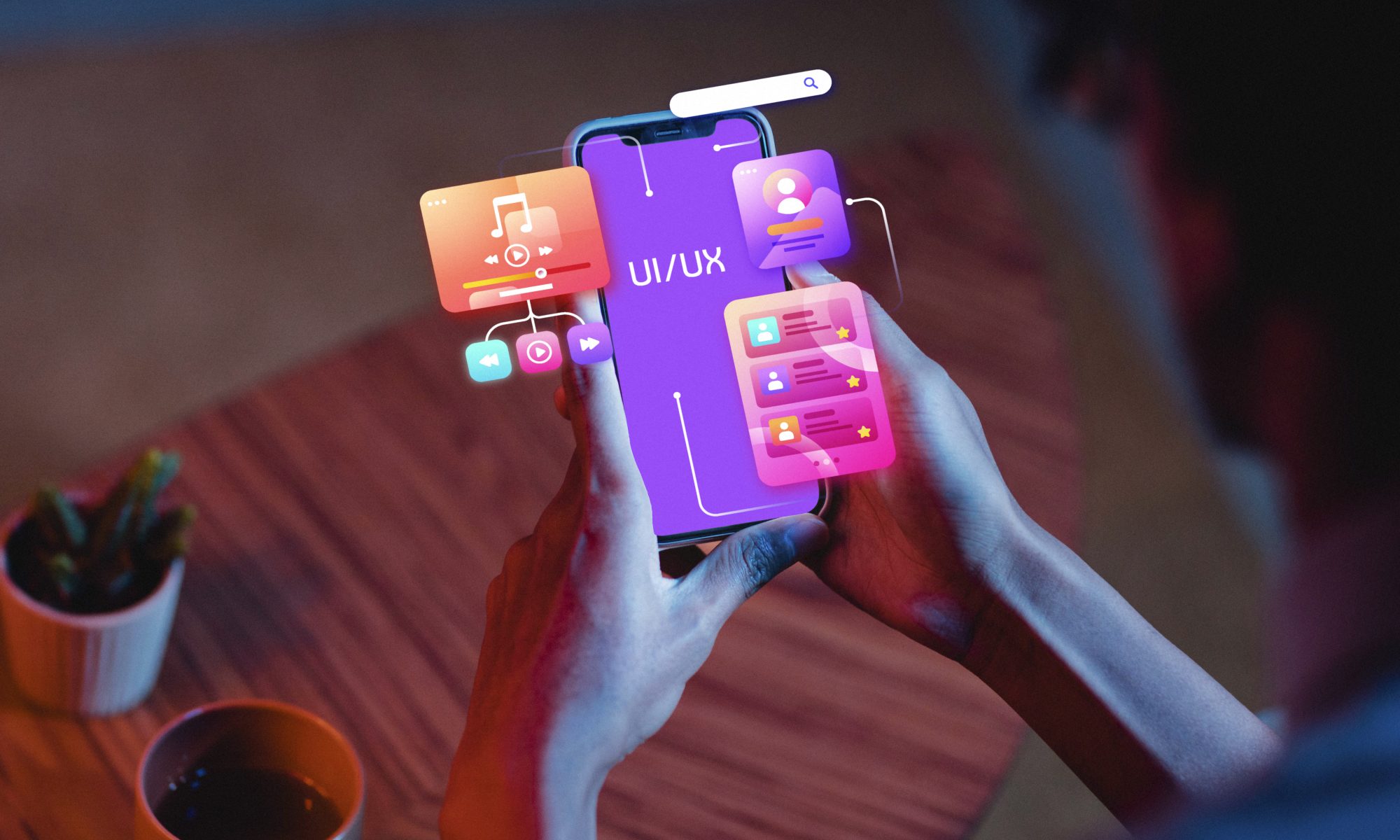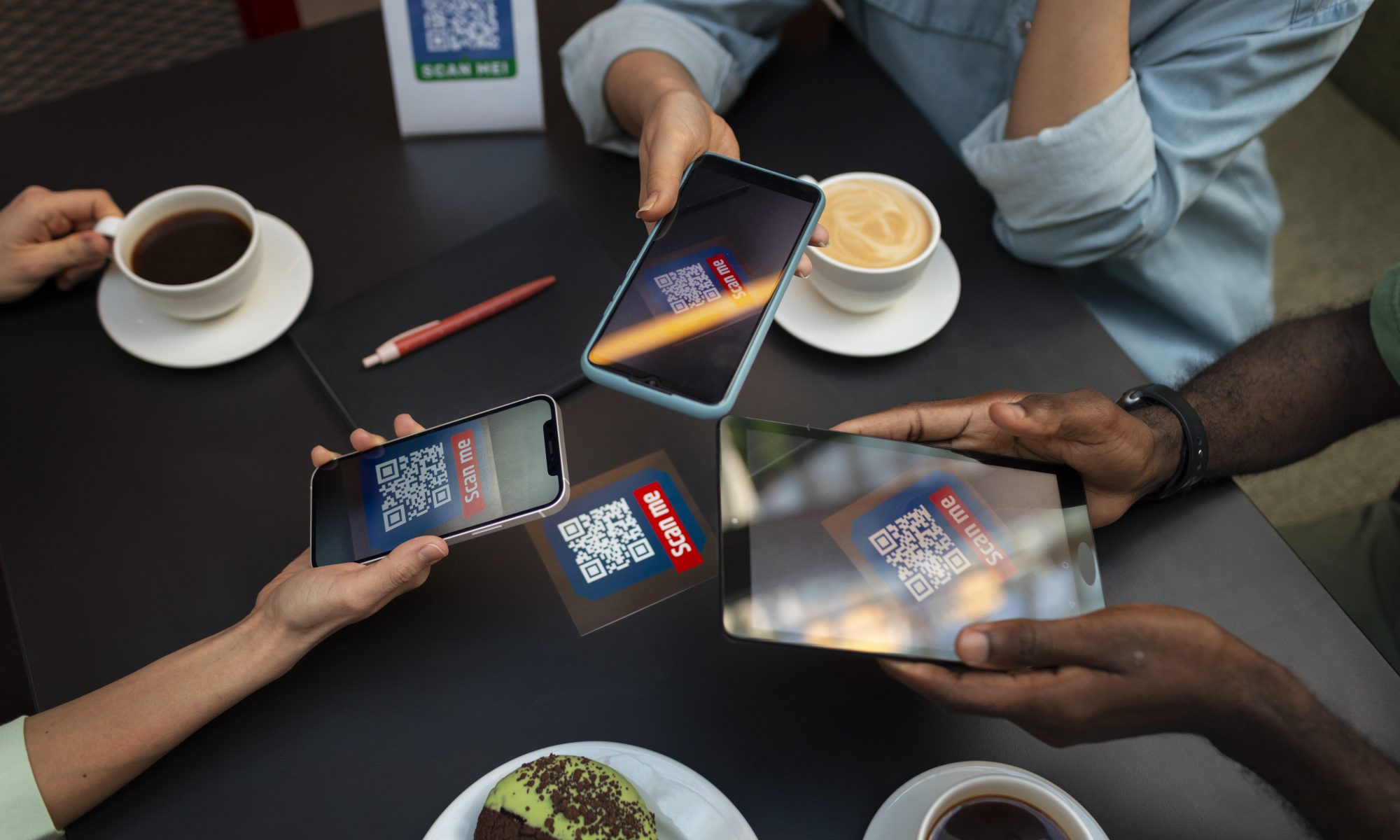People expect a lot from mobile apps in 2025. They want everything to feel smooth, look good, and just work—no hiccups or clutter. So, if you run a mobile app development company in Mumbai, you can’t afford to fall behind. Keeping up with the latest UI/UX trends isn’t just smart; it decides whether your apps succeed or get ignored. Let’s dig into the top UI/UX trends that every Mumbai app developer should bring into their projects to build apps that stand out and actually connect with users.
- Minimalist and Intuitive Design
Less is more, and that’s not changing anytime soon. Users want clean screens, clear icons, and nothing that slows them down or distracts them. Minimalist design—think generous whitespace, simple visuals, and to-the-point content—makes everything easier to use and just feels better on any device.
- Dark Mode and Adaptive Themes
Dark mode isn’t just a passing fad anymore—it’s what a lot of users want. It’s easier on the eyes, saves battery on OLED screens, and just feels modern. Apps need to let people switch between light and dark themes without a hassle. If you’re building apps in Mumbai, make sure theme-switching is smooth and intuitive.
- Micro-Interactions and Motion Design
Tiny touches like animated buttons or smooth transitions don’t just look good—they guide people through the app in a way that feels natural. For example, a little bounce when you add something to your shopping cart makes the whole experience more fun. These details set apart thoughtful, professional apps from the rest.
- Voice and Gesture-Based Interfaces
Talking to your phone or swiping in the air isn’t sci-fi anymore—it’s how people use apps now. Voice commands and gesture controls make apps more accessible and quicker to use. Developers need to make sure these features work for everyone, not just tech-savvy users.
- AI-Driven Personalization
AI is shaping how people experience apps this year. Smart recommendations, layouts that adapt, and navigation that feels like it was built just for you—that’s what keeps users coming back. The best app companies in Mumbai are weaving AI into their products to make every experience feel personal.
- 3D Graphics and Immersive Elements
3D visuals and AR aren’t just for games—they’re everywhere now, from shopping apps to learning tools. Used right, these features pull users in and tell a better story. But here’s the trick: don’t let flashy graphics bog down the app. Keep things fast and responsive.
- Accessibility and Inclusive Design
You can’t leave anyone out. Features like bigger text, better color contrast, and voice navigation aren’t extras—they’re basics now. Every app should be usable by everyone, and that’s non-negotiable for any serious app developer in Mumbai.
- Sustainability and Green UX
People care about the planet, and apps should reflect that. Developers are trimming data usage, speeding up performance, and cutting down on battery drain. Sustainable design isn’t just good for users—it’s good for the world.
Conclusion
Mobile app design in Mumbai is all about staying ahead—innovative, inclusive, and ready to adapt. The best app developers don’t just follow trends; they build user experiences that feel modern and effortless. By running with these UI/UX ideas, Mumbai’s app companies can create digital products that really matter in 2025 and beyond.




